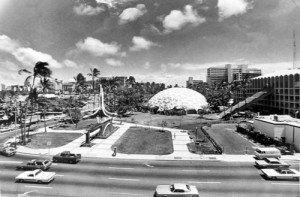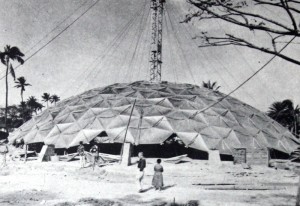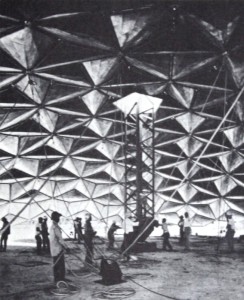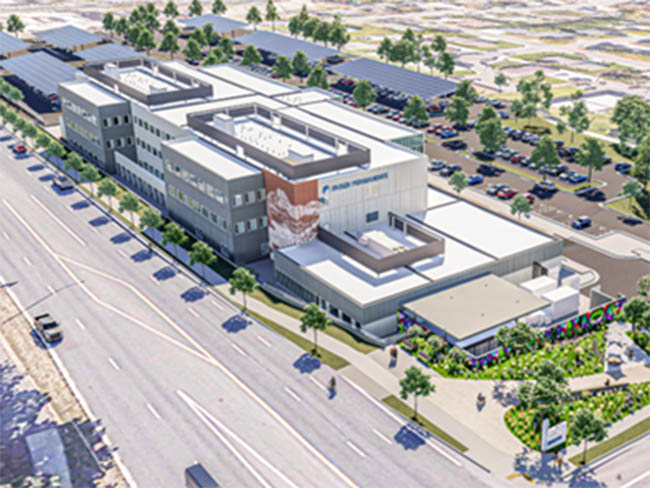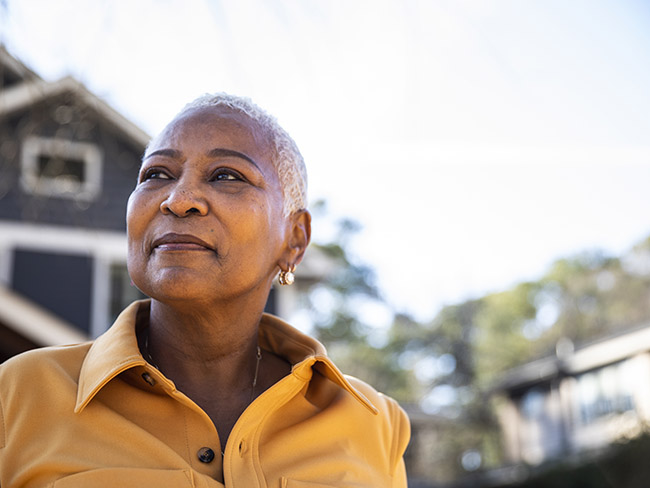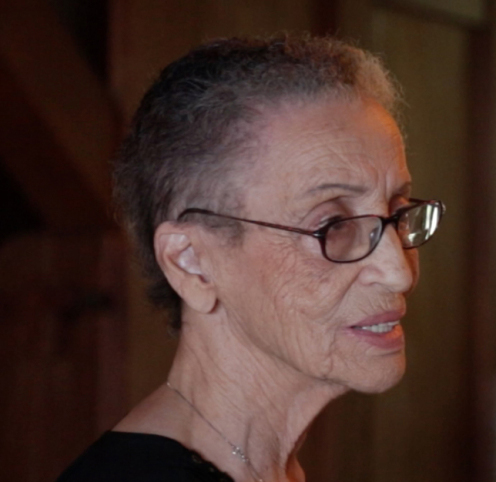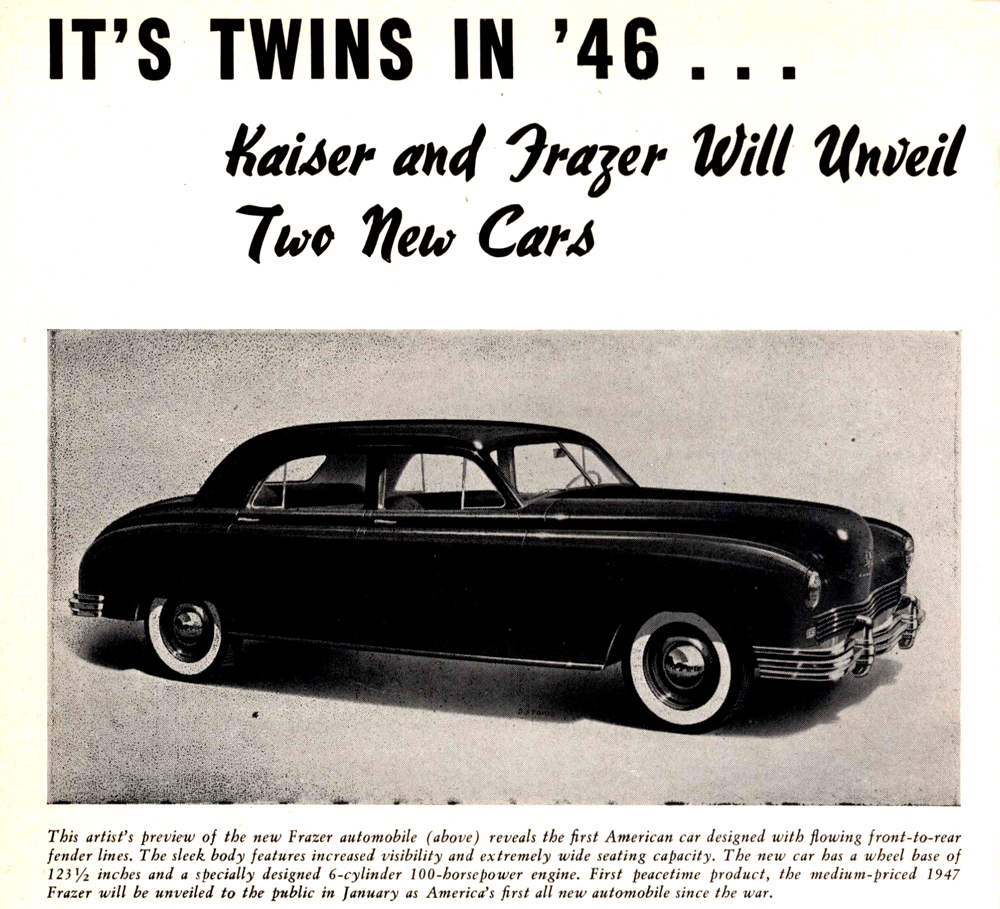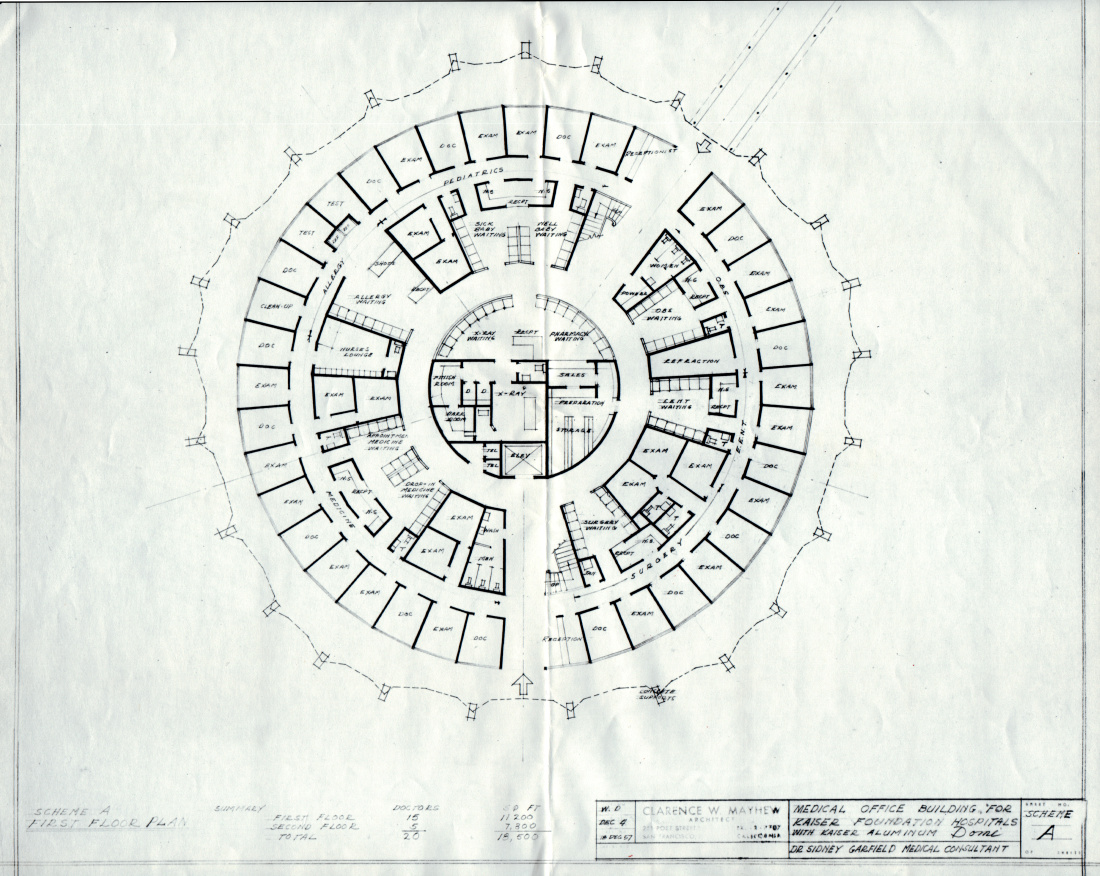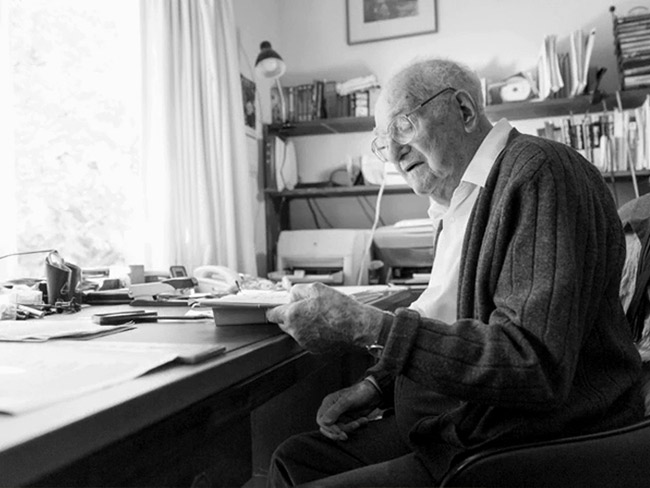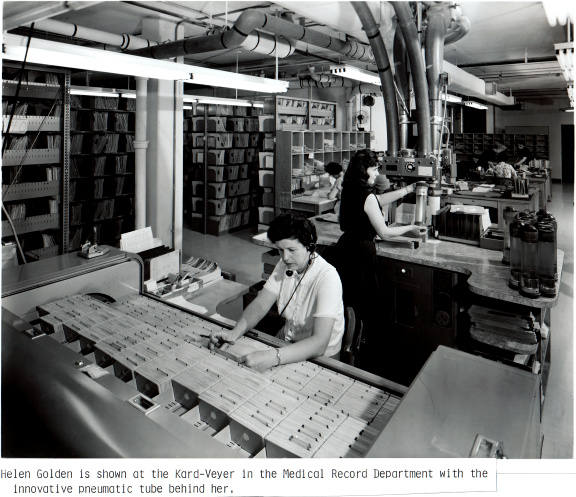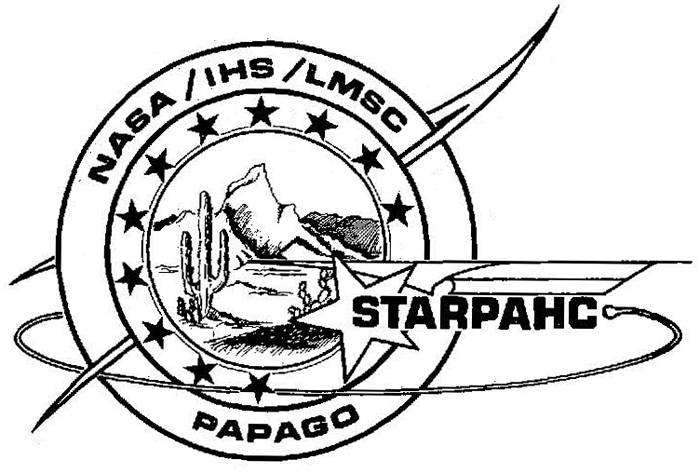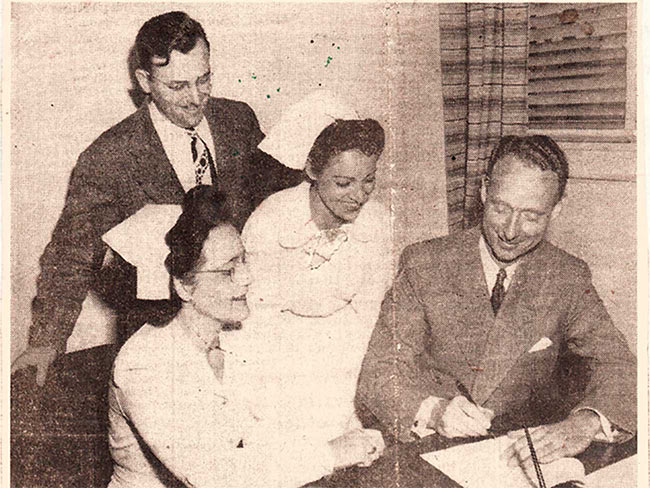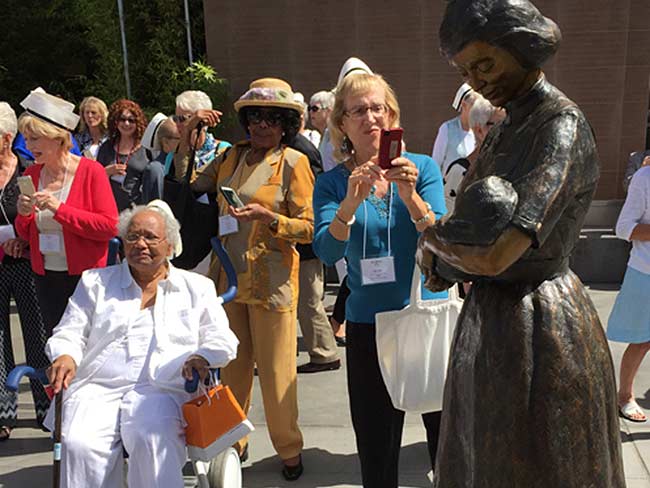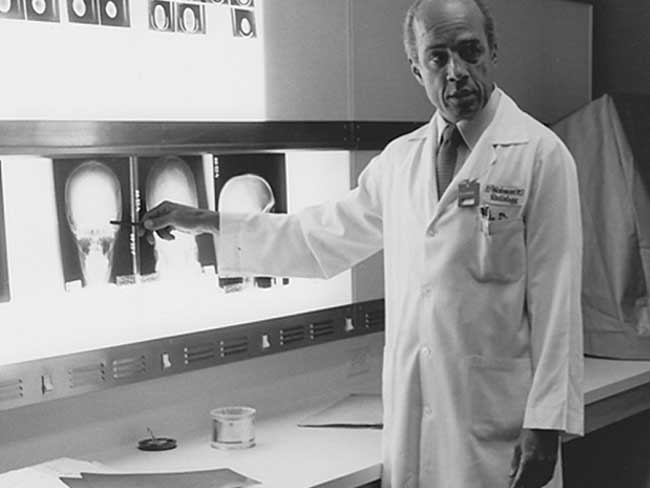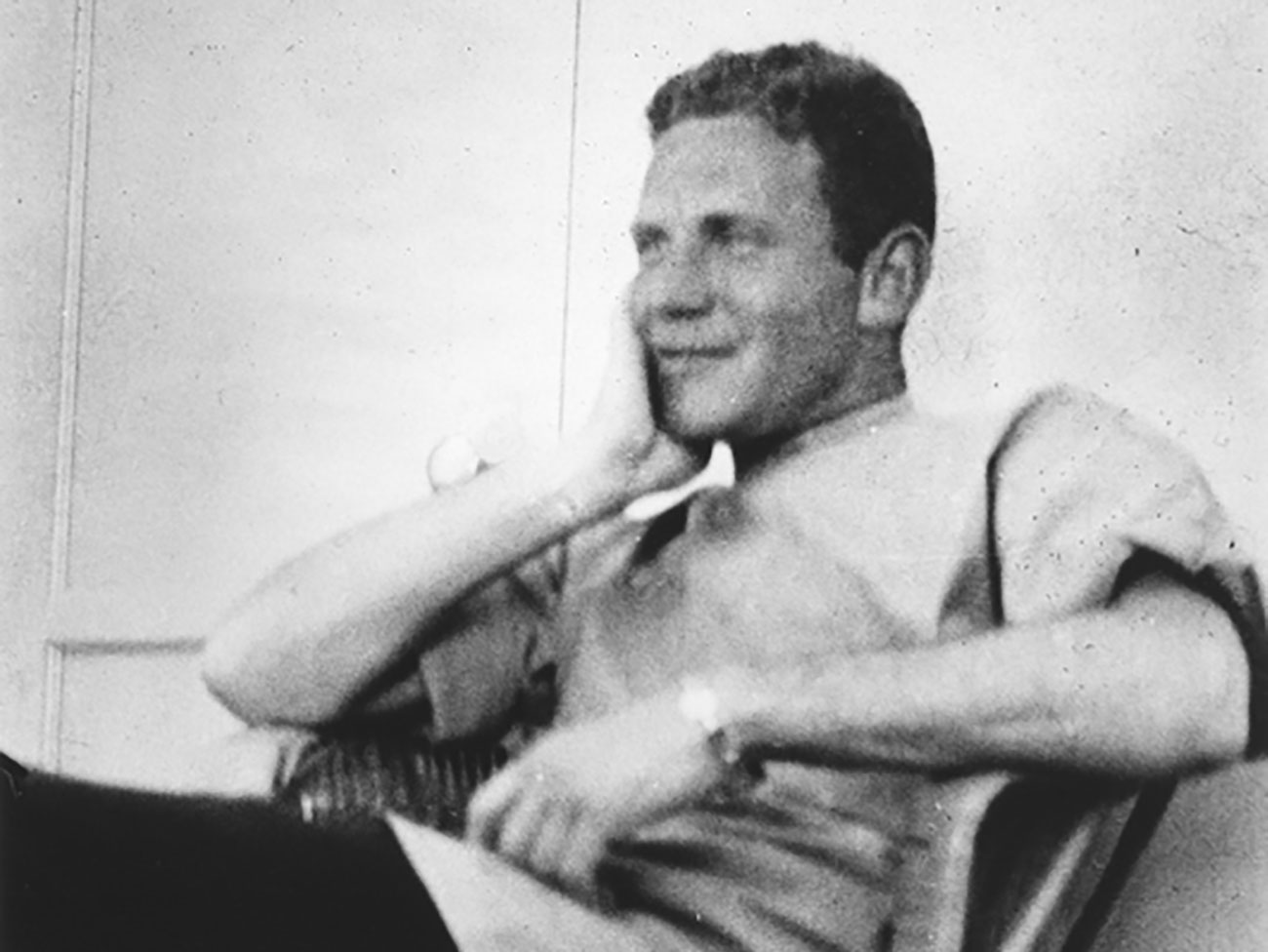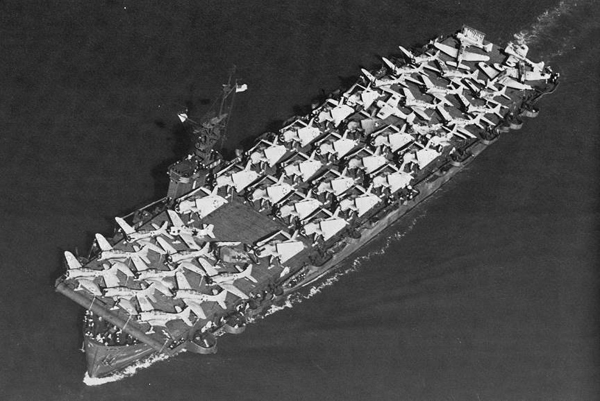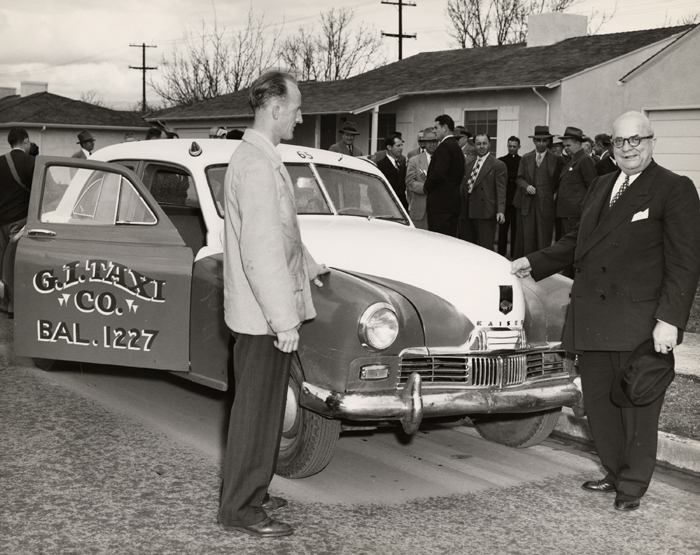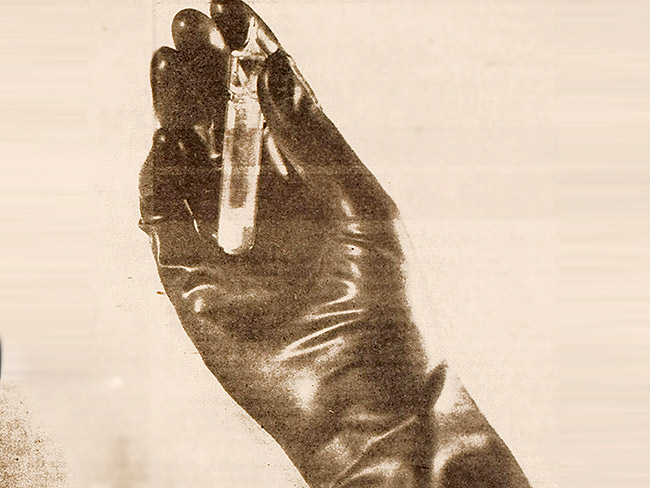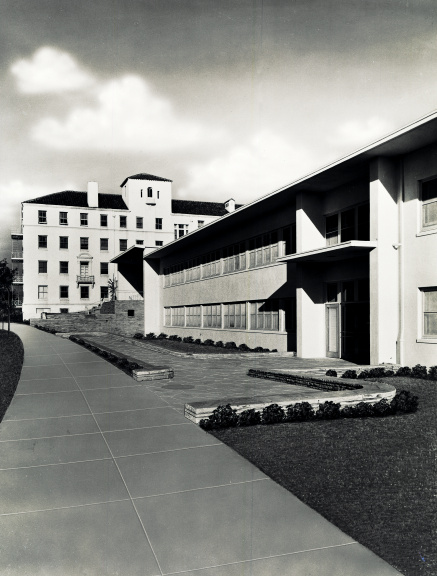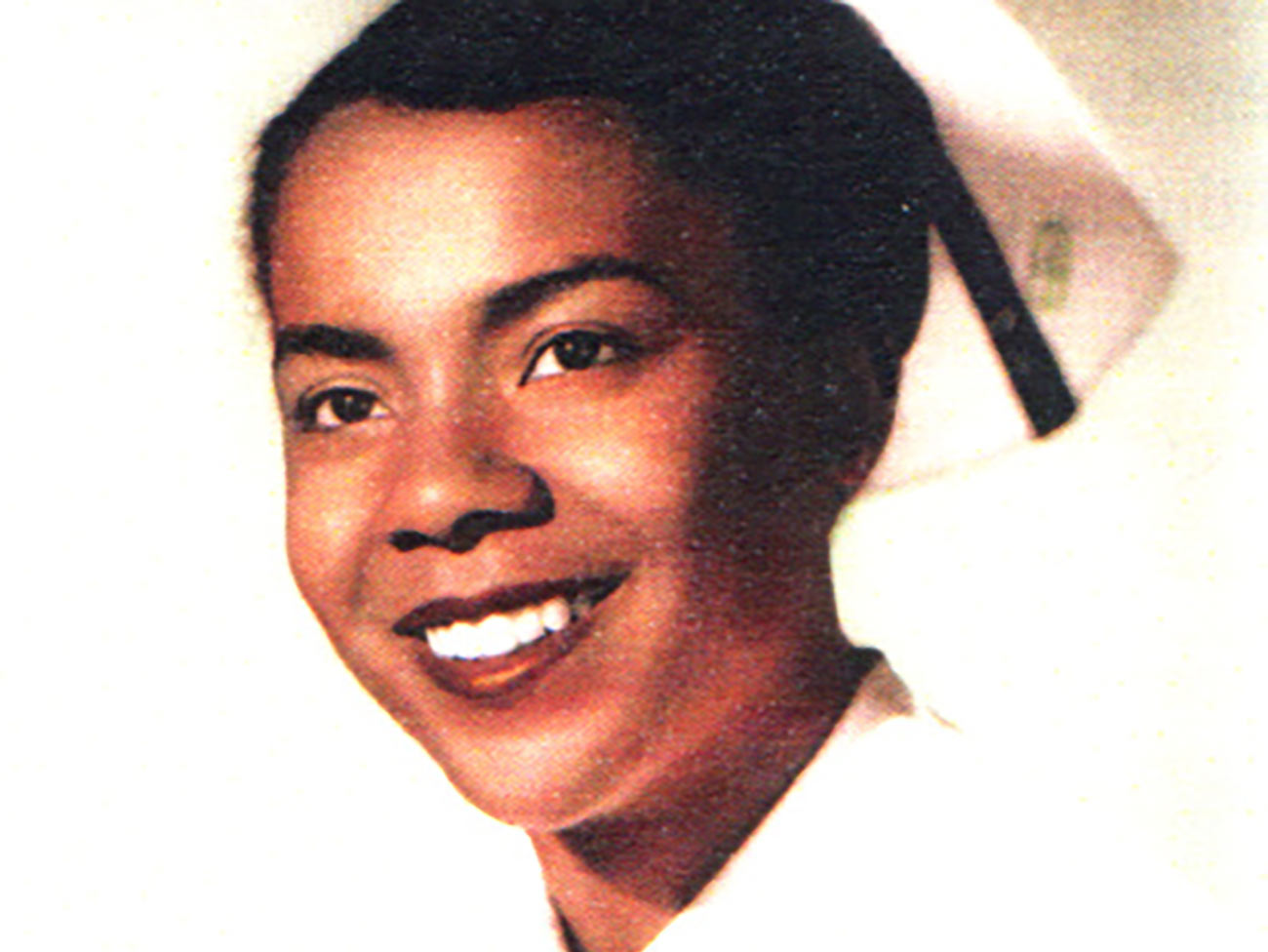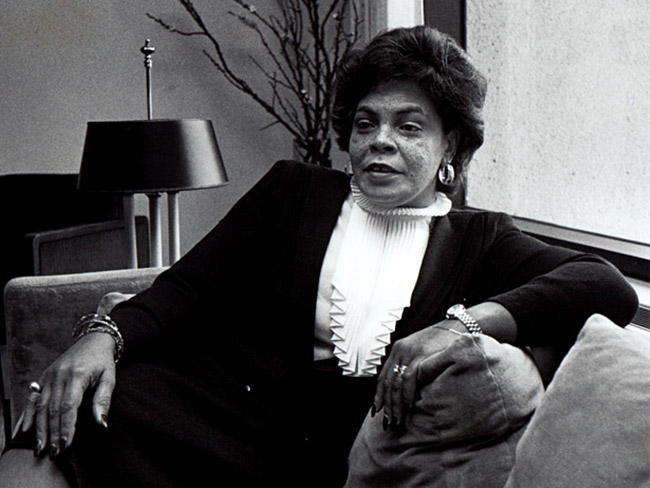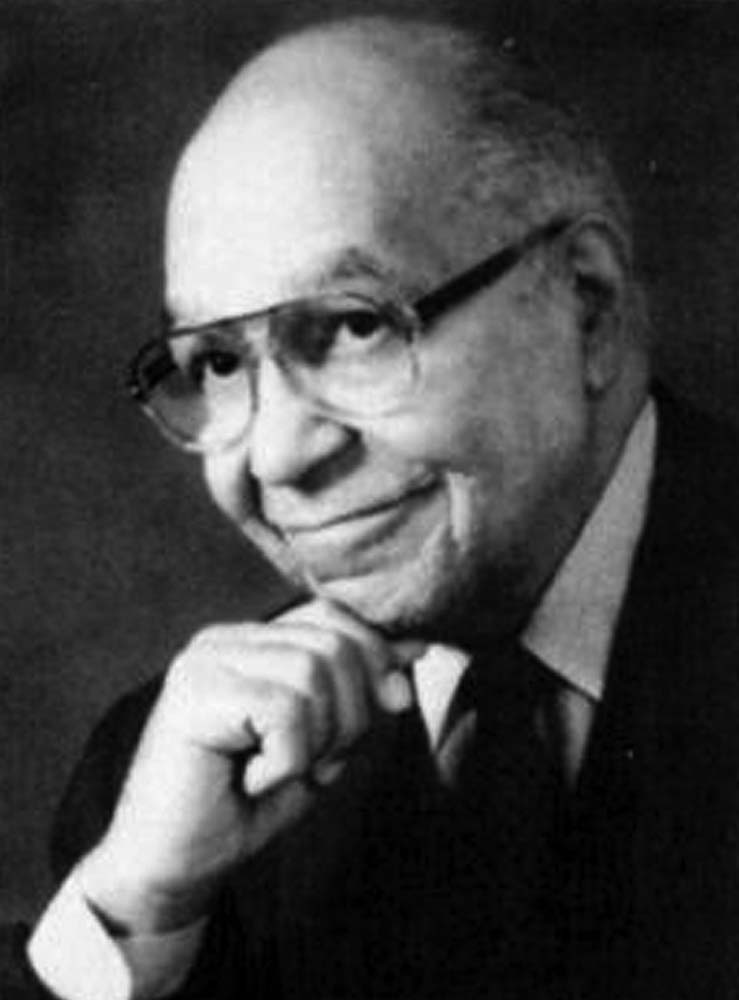Henry J. Kaiser, geodesic dome pioneer
Kaiser Dome and model, Virginia Beach, 1957
Geodesic domes are self-supported spherical structures composed of rigid triangles. Everyone’s seen them, but may not know what they are called. Domes became very popular during the 1960s and 1970s as modernists and the counterculture embraced their (literally) “out of the box” features of openness and strength.
But as a matter of historical record, who built the first civilian geodesic dome in the United States?
It’s a double trick question — because Kaiser Aluminum and Chemical Corporation built two in 1957, one in Virginia and one in Hawaii — and the latter wouldn’t become a state until August 1959.
In 1942 Henry J. Kaiser entered the automotive field and commissioned noted industrial designer Richard Buckminster “Bucky” Fuller (1895–1983) to design a car. That venture didn’t work out, but the two collaborated again several years later to explore the commercial potential of geodesic structures as a project of Kaiser Aluminum. Kaiser dabbled in light metals during World War II, but it wasn’t until 1951 that he jumped into the industry by building an aluminum plant in Chalmette, Louisiana. Postwar demand for aluminum was huge, and new markets for the materials were sought. Buckminster Fuller’s domes offered an opportunity.
Fuller did not invent the concept of a dome — German engineers were exploring them in the early 1920s — but he thoughtfully engineered the combination of tension and compression elements into something that allowed scalable replication of these spaces in a variety of materials. The earliest large-scale application of Fuller’s design was a series of U.S. military “Distant Early Warning Line” radar domes built in Canada and Alaska in 1956.
The next year Henry J. Kaiser installed a geodesic dome at the entrance to his Hawaiian Village Hotel on Kalia Road in Waikiki. It was built in a remarkable 20 hours, starting at 7 a.m. Saturday, January 12, 1957. The dome’s construction efficiency was predicated on the benefits of prefabrication — a process perfected by Kaiser and his workers in the World War II shipyards. The unconventional assembly process worked smoothly beyond expectations. Although five days were allocated, the crew took advantage of low winds (unmoored, the dome could become a giant frisbee) and began ahead of schedule. They finished before Henry Kaiser was able to fly out from California to see it being built. Despite missing the action, he was proud of the workers and commented, “Why those dirty pups, they did it without me.”
A Kaiser Aluminum publication described the project in the glowing 1950s futuristic sales-speak:
"All of the information to date is based on our experience with the first Kaiser Aluminum Dome. Bear in mind that it was designed as an auditorium. It might have been a supermarket, a sports arena, or any one of many other applications. Size and design were dictated by ultimate use. Variations of this first Dome are not only practical ... they are immediately possible.
"This Dome could be duplicated for approximately $4 per square foot of area covered. This is substantially lower than conventional buildings which might be constructed for the same purpose.
"The Hawaiian Village Dome has 16, 500 square feet of covered area. It is 145 feet in diameter and is 49 1/2 feet high."

“Kaiser dome application — school gymnasium”
Kaiser dome application — school gymnasium illustration
The April 1957 issue of Popular Mechanics magazine hailed the remarkable construction process:
"Made of diamond-shaped aluminum panels, geometrically arranged and bolted together at their edges, a revolutionary domed auditorium looks like a silver patchwork quilt tossed over a giant mushroom…The panels were fabricated at the Kaiser plant in Permanente, Calif. [unlikely; this is the site of the Kaiser cement plant], shipped to Hawaii, and preassembled at the site. The dome was erected around a 96-foot-high portable mast equipped with rigging. The top ring of aluminum panels was assembled around the mast and then lifted a sufficient height off the concrete floor to allow another perimeter of panels to be installed. This process was repeated until the entire dome was completed. The panels are held together by special aluminum bolts."
The completed dome was christened with a showing of Michael Todd’s Around the World in Eighty Days in early November 1957. Todd appeared with his wife, Elizabeth Taylor, and other celebrities. The dome was demolished in 1999 to make way for the Kalia Tower, which opened in 2001.
A geodesic structure can be fabricated with panels (as in Hawaii) or with struts (as were the DEW Line radar domes). After building the Hawaii dome, Fuller and Kaiser put together a prototype strut dome that remains in use today, less than a mile from Kaiser’s headquarters. The Oakland Tribune reported the story on May 31, 1957:
"A geodesic dome, used as a flight cage for birds and wildfowl visiting Lake Merritt, will be erected Wednesday at the duck feeding area in Lakeside Park by the Oakland Park Department. The dome will be the first on the Pacific Coast. It will be put together starting at 8:30 a.m. and expected to be completed by 4 p.m.
"Gordon Tully, one of the five University of California architectural students who prepared plans for the cage last summer, will be present to help supervise its erection. The dome will be 36 feet in diameter, 29 feet high, and weigh 3,000 pounds."
In late 1957 a second Kaiser Aluminum dome was built in Virginia Beach. Architect and Engineer magazine described the innovative project:
"The first stressed-skin aluminum dome auditorium in the United States is scheduled for construction in Virginia Beach, Virginia, according to Henry J. Kaiser, Chairman of the Board and President of Kaiser Aluminum & Chemical Corporation. The dome shell, designed by Kaiser Aluminum engineers, will top a new civic center auditorium being designed by the Norfolk architectural firm of Oliver and Smith."
The 15,500 square-foot dome was the centerpiece of the Virginia Beach Convention Center, which was renamed the Alan B. Shepard Convention Center in 1961 after the beloved hometown astronaut. It was razed in 1994 for redevelopment.
Following the success of these projects, Kaiser and Fuller secured contracts for a few domes, and KACC even set up a dome sales office in Chicago in 1958. However, sales — and the personal chemistry between the two — fell flat, and eventually Henry Kaiser moved on to other projects. But his role in turning dreams into reality remains part of the long legacy of Kaiser Permanente.
A personal note — I met Bucky Fuller as an 11-year-old child. My father was the Public Affairs Officer with the U.S. Embassy in Caracas, Venezuela, and in 1964-1965 he hosted a U.S.-Venezuelan trade fair for which a giant geodesic dome was built (this preceded the 1974 Poliedro dome, still the world’s largest). At a formal reception at our home for Mr. Fuller my parents were perplexed as to where their guest of honor had disappeared. They were surprised to find that he was with me in my room, asking questions about my physics experiments. He was truly an open-minded and inquisitive human being. Years later my friend Robert Reining and I would build our first dome.
